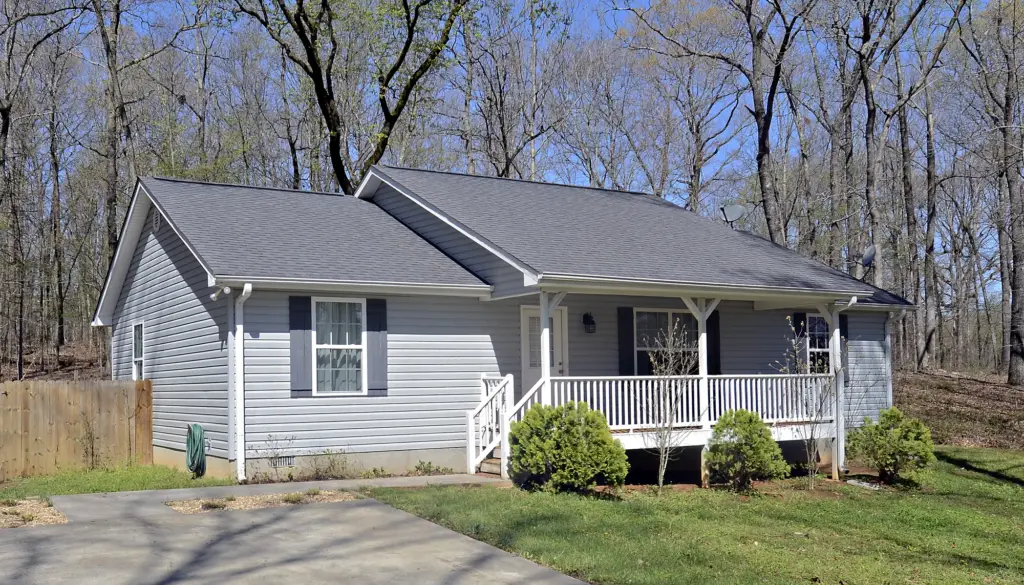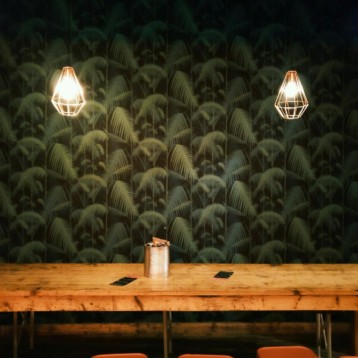If you were to ask people what is the one item they most want in life, they would likely respond that it’s a place many of them could call their own. One of the dreams that many of us have is to have our own home, but sometimes it can be more difficult to make that goal a reality. Obsessive attention to the opulent homes and villas that are frequently shown on magazine covers is not unusual.
A small house may be the answer for you in a world when properties are in short supply and real estate prices are increasing. And are small houses truly the future? I think you may want to check out the Truoba Modern small house plans and some of the reasons why you should choose a small home over a bigger one.

These houses encourage sustainable living
A home with five bedrooms may not always be necessary to accommodate a family of four or three. These houses not only save you money but also give you the opportunity to spend it more wisely. One-bedroom apartments or studio flats, once thought to be an unusual choice for struggling painters and artists, are today seen as shining examples of modern architecture, which mixes sustainability and functionality with style.
You can also decrease your environmental impact by downsizing your home
Small-home owners may, on average, reduce their carbon footprint by 45%. The reasoning is clear to see. Living in a smaller home tends to reduce your use of resources, food consumption, and waste production compared to if you were living in a larger home. Smaller households produce about 5,500 fewer pounds of carbon dioxide than the typical home.
Tiny communities and micro living
Communities of tiny houses must be successfully established and run if they are to become a long-term sustainable way of life. Some tiny dwellers have found success living in their THOWs in mobile home communities.
Tiny home communities have been the subject of our previous coverage, and fortunately, they continue to expand. Tiny house communities are flourishing and getting bigger every year in states like Colorado, Arizona, and Georgia.
The market has been significantly impacted by the pandemic
People who wish to re-establish a connection with nature after being cooped up in cities are in huge demand for tiny homes, according to industry experts. Following the constraint of an impersonal, online existence, they seek the personal and tactile to feel emancipated. This style of life may be so warm, cozy, comfortable, and intimate. However, there is absolutely not a tiny chance that tiny homes will fit everyone. To make them work, they may need compromises and lifestyle adjustments.
To sum up
Individual tiny homes do have a role in future residential architecture, even though it’s evident that they aren’t a one-size-fits-all solution for every city, state, or neighborhood. With a perspective that is far more oriented toward getting back in touch with nature, protecting the environment, and enjoying more time loans-free, today’s population is less likely to seek a spot in the “rat race.”
Are you already living in one? Feel free to share the benefits as well!









